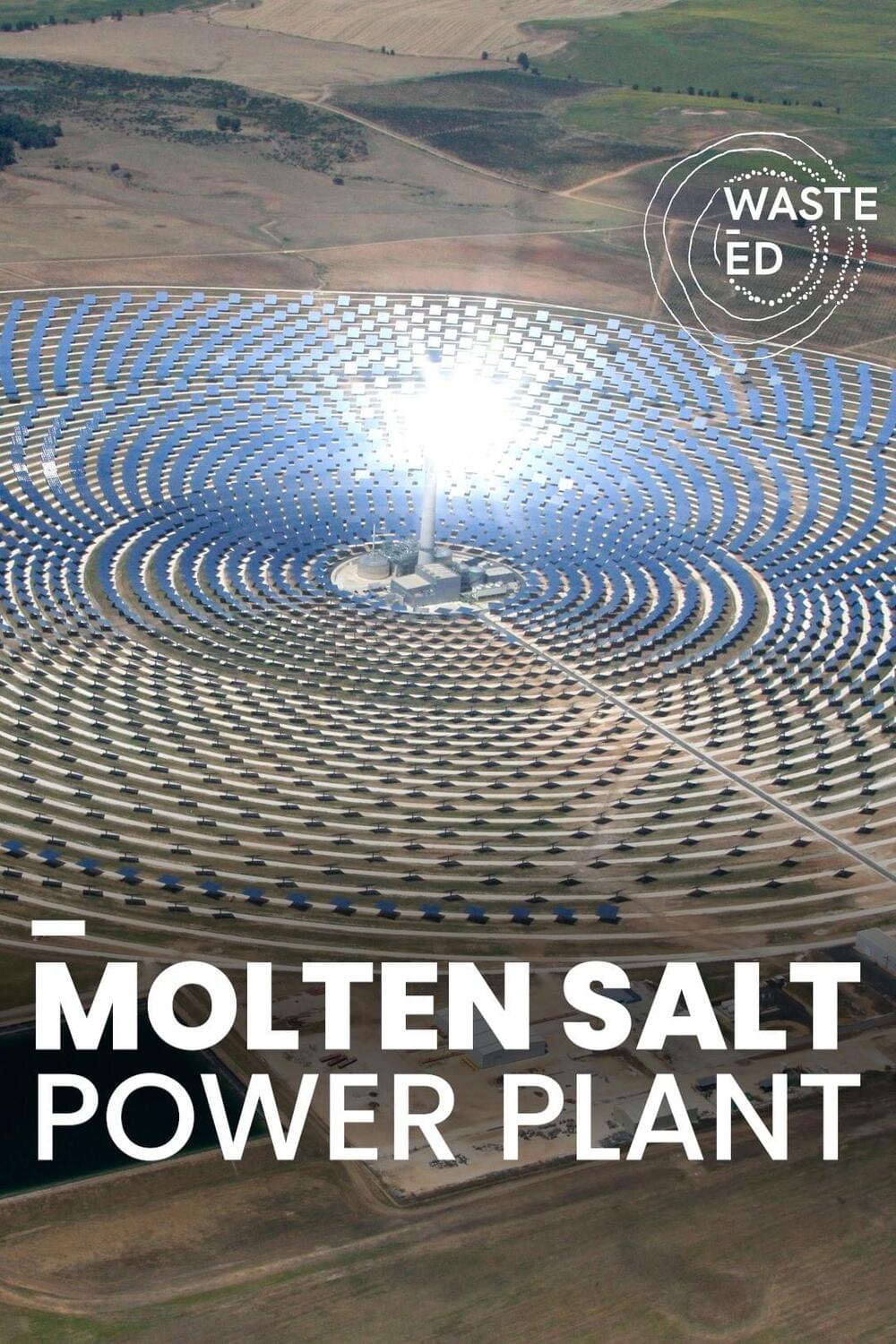
Category: sustainability – Page 377

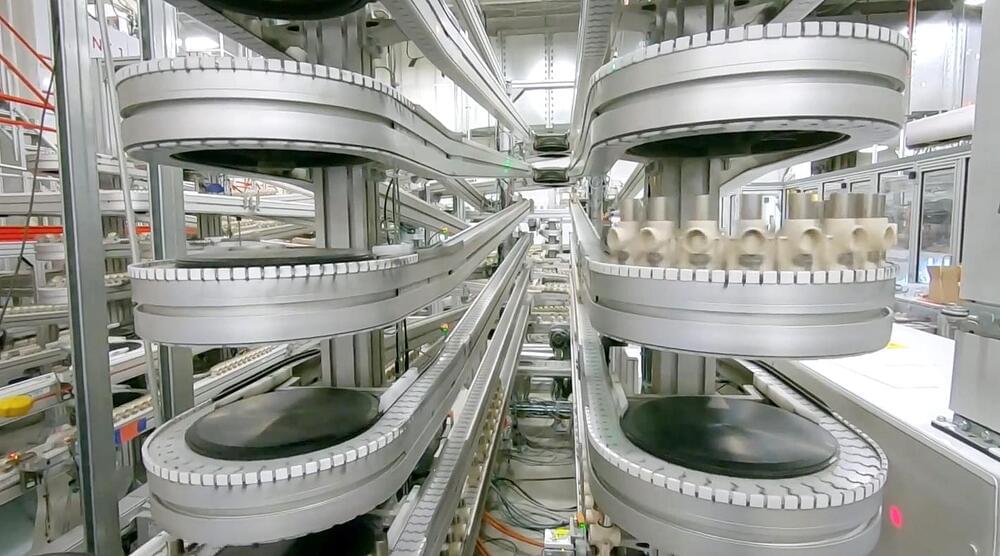
Tesla Giga Nevada to start using Redwood’s recycled battery components
On Tuesday, January 4, Panasonic announced that Redwood Materials would start supplying copper foil to its battery production facility in Giga Nevada. The Japanese tech giant announced the news during the 2022 CES tech trade show.
“Our work together to establish a domestic circular supply chain for batteries is an important step in realizing the full opportunity that EVs have to shape a much more sustainable world,” said Allan Swan, the President of Panasonic Energy of North America, at the latest CES tech trade show.
Redwood Materials, which former Tesla CTO JB Straubel founded, will be supplying Panasonic with copper foil made from recycled materials. The company recycles scripts from discarded electronics like cell phone batteries, laptops, power tools, and even scooters and electric bicycles. Redwood extracts materials like cobalt, nickel, and lithium, which are usually mined, from discarded electronics.
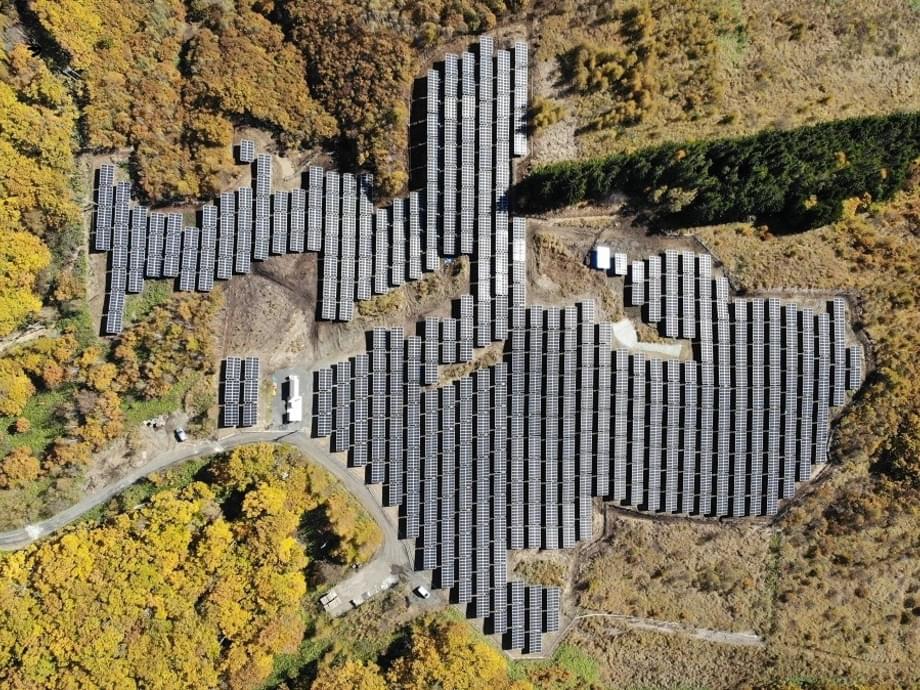
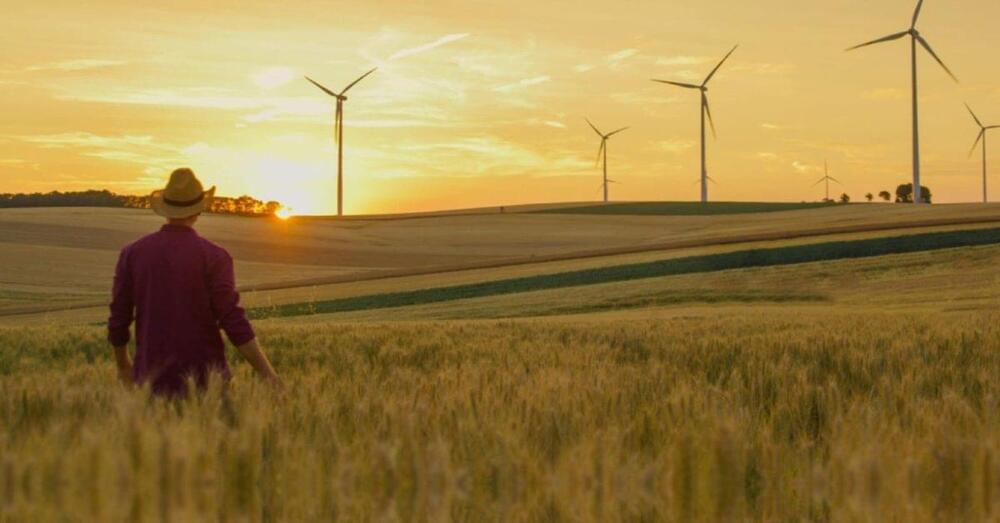
New clean energy is reducing US electricity generation from natural gas, coal
The US Energy Information Administration (EIA) has forecast in its January Short-Term Energy Outlook that rising electricity generation from clean energy such as solar and wind will reduce generation from fossil fuel-fired power plants over the next two years.
UnderstandSolar is a free service that links you to top-rated solar installers in your region for personalized solar estimates. Tesla now offers price matching, so it’s important to shop for the best quotes. Click here to learn more and get your quotes. — *ad.
The EIA is forecasting the share of generation for US clean energy, excluding hydropower, to grow from 13% in 2021 to 17% in 2023.
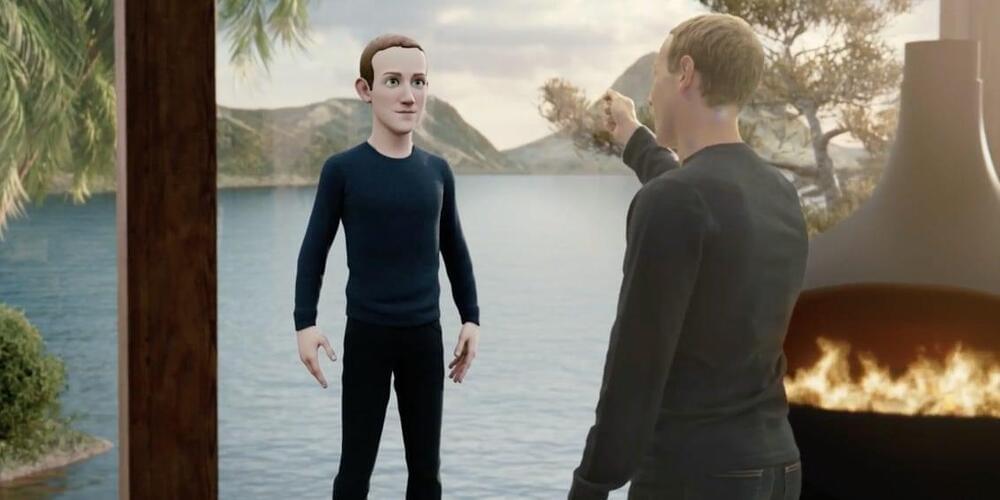
Meta might let companies sponsor the appearance of objects in the metaverse, patent filing suggests
The FT reviewed hundreds of patent applications by Meta and found references to a “virtual store” where users could buy virtual products, as well as objects that correspond to real-world items that have been sponsored by third-party brands.
A patent reviewed by the FT said brands would go through a bidding process to “sponsor the appearance of an object” inside a virtual store.
Meta’s head of global affairs Nick Clegg told the FT in an interview that the business model for the metaverse would be “commerce-led”.
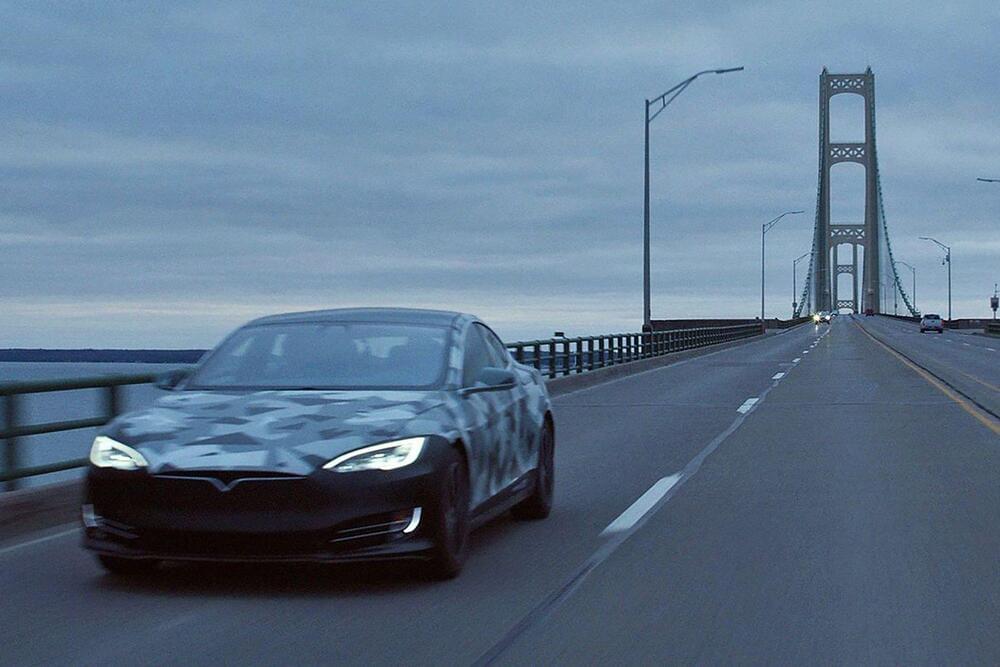
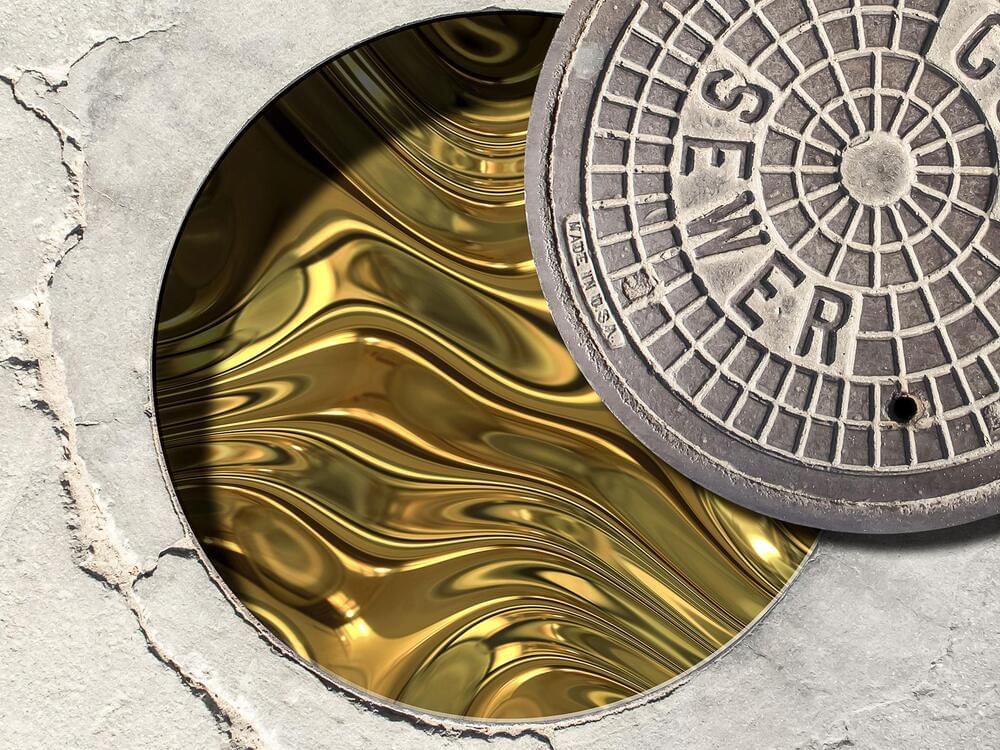
Sewage sludge could contain millions of dollars worth of gold
Circa 2015 o.o!
If the holy grail of medieval alchemists was turning lead into gold, how much more magical would it be to draw gold from, well, poop? It turns out that a ton of sludge, the goo left behind when treating sewage, could contain several hundred dollars’ worth of metals—potentially enough to generate millions of dollars worth of gold, silver, and other minerals each year for a city of a million people.
Metals have long been known to concentrate in sewage, which mixes toilet water with effluent from industrial manufacturing, storm runoff, and anything else flushed down the drain. It’s a headache for sewage utilities that must cope with toxic metals lacing wastewater headed for streams or sludge that might otherwise be spread on farm fields.
But what if those metals had value? In a new study, scientists at Arizona State University (ASU), Tempe, quantified the different metals in sewage sludge and estimated what it all might be worth. They took sludge samples gathered from around the country and measured the metal content using a mass spectrometer that can discern different elements as they are ionized in a superhot plasma. The upshot: There’s as much as $13 million worth of metals in the sludge produced every year by a million-person city, including $2.6 million in gold and silver, they report online this week in Environmental Science & Technology.
CES 2022 Preview: Carbon Origins Wants to Merge Robot Delivery With the Metaverse
If you’re looking to get a fresh start on a new career in 2022, may I suggest a new occupation as a virtual reality robot delivery driver?
Yes, that’s a job – or at least a new gig – being offered by a startup out of Minneapolis called Carbon Origins. The company, which is building a refrigerated sidewalk delivery robot by the name of Skippy, is looking to assemble a roster of remote robot pilots who will utilize virtual reality technology to pilot Skippy around to businesses and consumer homes.
The company, which launched in early 2021 and participated in Techstars Farm to Fork accelerator this year, will be showcasing the new technology at CES 2022 in January. This past summer, the company started testing an early version of the VR-piloted robot in the above-street skyway system around St Paul, Minnesota and plans to begin testing deliveries to offices and homes in the Minneapolis market starting in January.
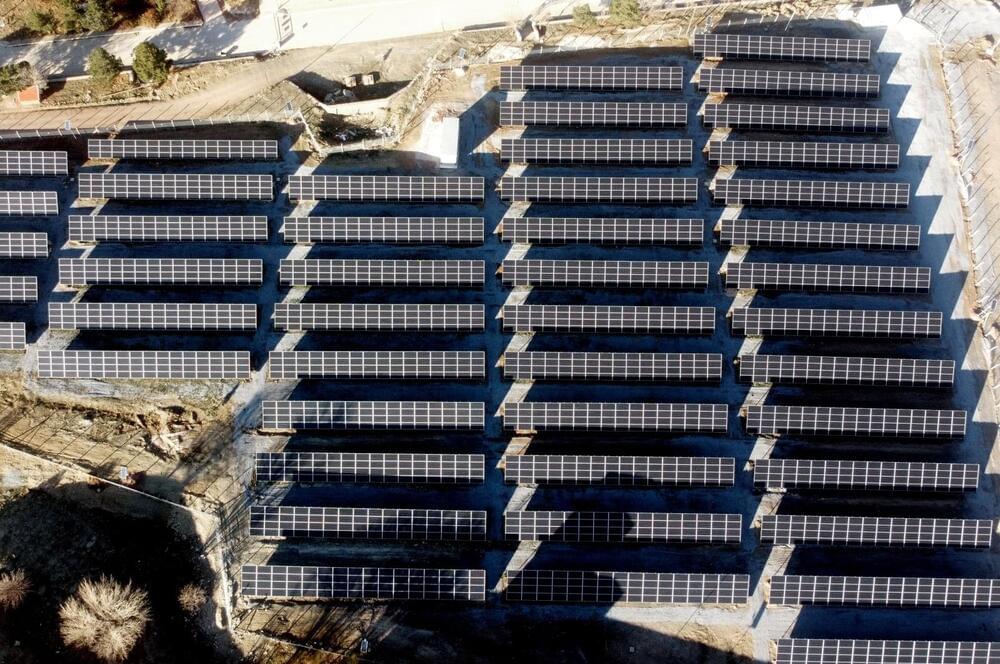
Solar power excels in Turkey’s rapid shift to green energy sources
See, when there is no hypocrisy of being an oil tycoon nation, talking to much in conferences about environmental incentives whilst having a double agenda which consists of slowing the trend down, or doing nothing while we get to 2030.
IT ACTUALLY WORKS
Turkey’s rapid shift to greener sources of energy has led to a sharp rise in its installed solar power over the last decade, with renewable investments expected to accelerate in the period ahead.
The aim to generate a larger share of power from renewable sources stems from the country’s goal of lowing its hefty energy bill, as it imports almost all of its energy needs from abroad.
Its journey of producing energy from solar power started at just 40 megawatts (MW) back in 2014. It has now reached 7,816 megawatts, according to data compiled from the Energy and Natural Resources Ministry.

These Plants Have Been Genetically Modifying Themselves for Decades
Genetically modified crops have a bad rep. How could something so unnatural be good for us?
Well, we finally get to hear from the plants themselves. New evidence shows that plants have been genetically modifying themselves — and the process, called lateral gene transfer, could lead to new plants that are resilient to climate change.
The research: We all know that genes are transferred from parent to offspring. The same is true for all species, including plants. Some bacteria can swap genes with each other, but more complex life (usually) stays in its lane.